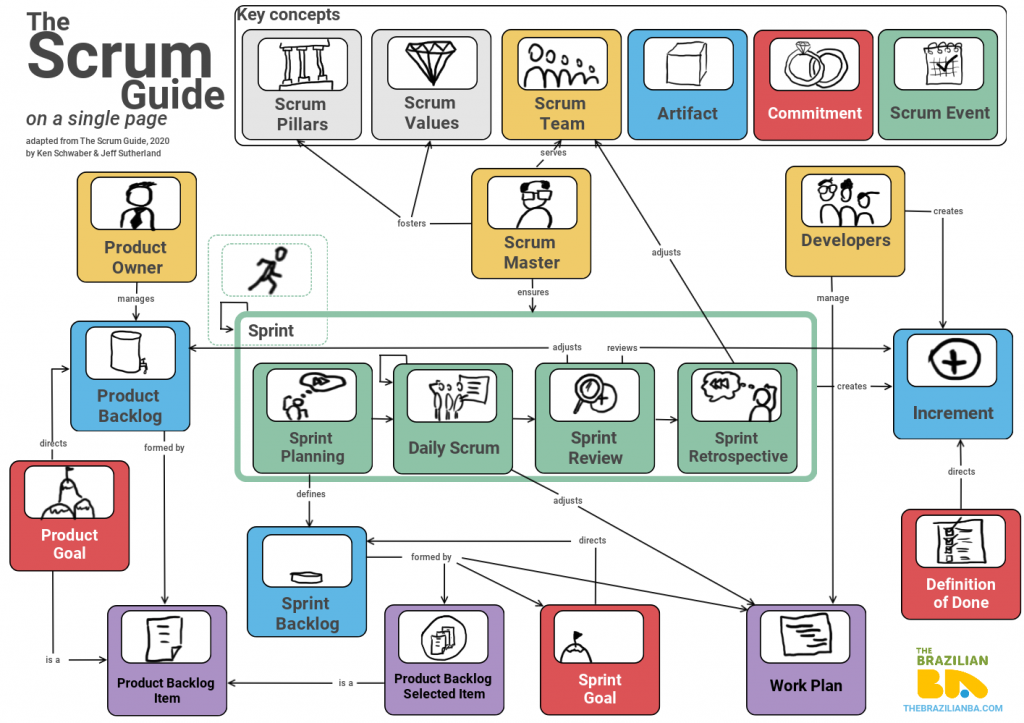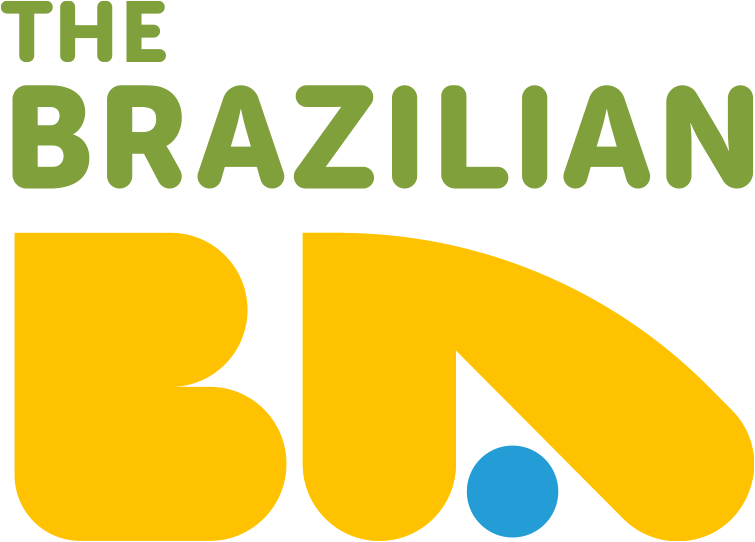I confess that there is something in the Scrum Guide that has always disturbed me. It is not the fault of the framework itself; my annoyance is more related to the indiscriminate and out-of-context use of scrum terms by professionals around the world in a totally misguided way.
Scrum has become the most popular way of organizing teamwork among IT systems development companies. In a recent survey conducted by the IIBA, 83% of respondents claim to practice Scrum. For many professionals, the terms Agile and Scrum are considered synonymous and inseparable. That’s a very narrow viewpoint.
I also see endless discussions about the role of Product Owner vs. Business Analyst, which do not take into account that PO is a role of Scrum and BA is any practitioner of Business Analysis in any context (including POs in Scrum).
How the Scrum Guide on a single page was concieved
I was recently invited to participate in a live video conference to comment on changes to the Scrum Guide, launched in November 2020 by Ken Schwaber and Jeff Sutherland. I thought I’d better dig a little deeper into the subject before saying any nonsense.
During my studies, I used a technique that I like very much to structure my thoughts: Concept Modeling. I identified the terms that seemed to me to be key to understanding the Scrum Guide and classified them into some core concepts: Events, Roles (Scrum Team Members), Artifacts, and Commitments.
I put all the concepts in a diagram, used different colors to group the terms of each class, related the terms using verbs that could generate wordings (factual expressions), and organized it in a way that I could quickly query for a clear and simplified view of Scrum. I then added some pictures illustrating each concept. I had the feeling that it could generate value for other people too. Thus, the Scrum Guide on a single page was born.
Overview

Scrum is quite simple. It is not a complete and fully prescriptive methodology, but only a framework, that is, a basic structure with reusable elements by any organization that wants to assemble a team focused on the development and evolution of products incrementally.
As a framework, it does not specify the techniques or tools to be used and gives great flexibility to introduce other roles, artifacts, and practices that can help people to better do their job. Therefore, it is possible to work in different ways and still be considered Scrum. You just have to make sure that the concepts listed in the figure above are present and that some additional rules are applied.
A concept model can be graphically visualized on a diagram like this above, but it would be incomplete without a Glossary of Definitions for each term. I tried to write down the essence of each concept in short definitions that could be listed in a more complete version of the same figure by joining the diagram with the glossary on a single page. You can see the result in the following video:
Printable Version
Printing cards using only the term on the front and the full version with the definition on the back and playing on a blank board, I imagined several dynamics to be made using this model in the form of a game to train teams on how to work in Scrum. But these dynamics still need more formalization and for this, I am calling on contributors to test and evolve this model.

To download the PDF of The Scrum Guide on a Single Page just answer the questions at the end of this page and receive the link.
Also available in Portuguese here.
In this material you will find:
– A poster with the simplified version (terms and verbs only)
– Another poster with the full version (terms, verbs, and definitions)
– A blank board and two-sided cards to play with your team
Download the material, print it, and write me to let me know how you are using it. If you have suggestions for improvements in the concepts model, email me at thebrazilianba@gmail.com and I will be very happy to read them. I am a teacher and my intention is to share knowledge in a simple and fun way. I’ll be glad to hear this endeavor was helpful to anyone else.
(Originally published at www.badigest.co.uk Q1 2021
also published at The Analyst Corner on Medium)

